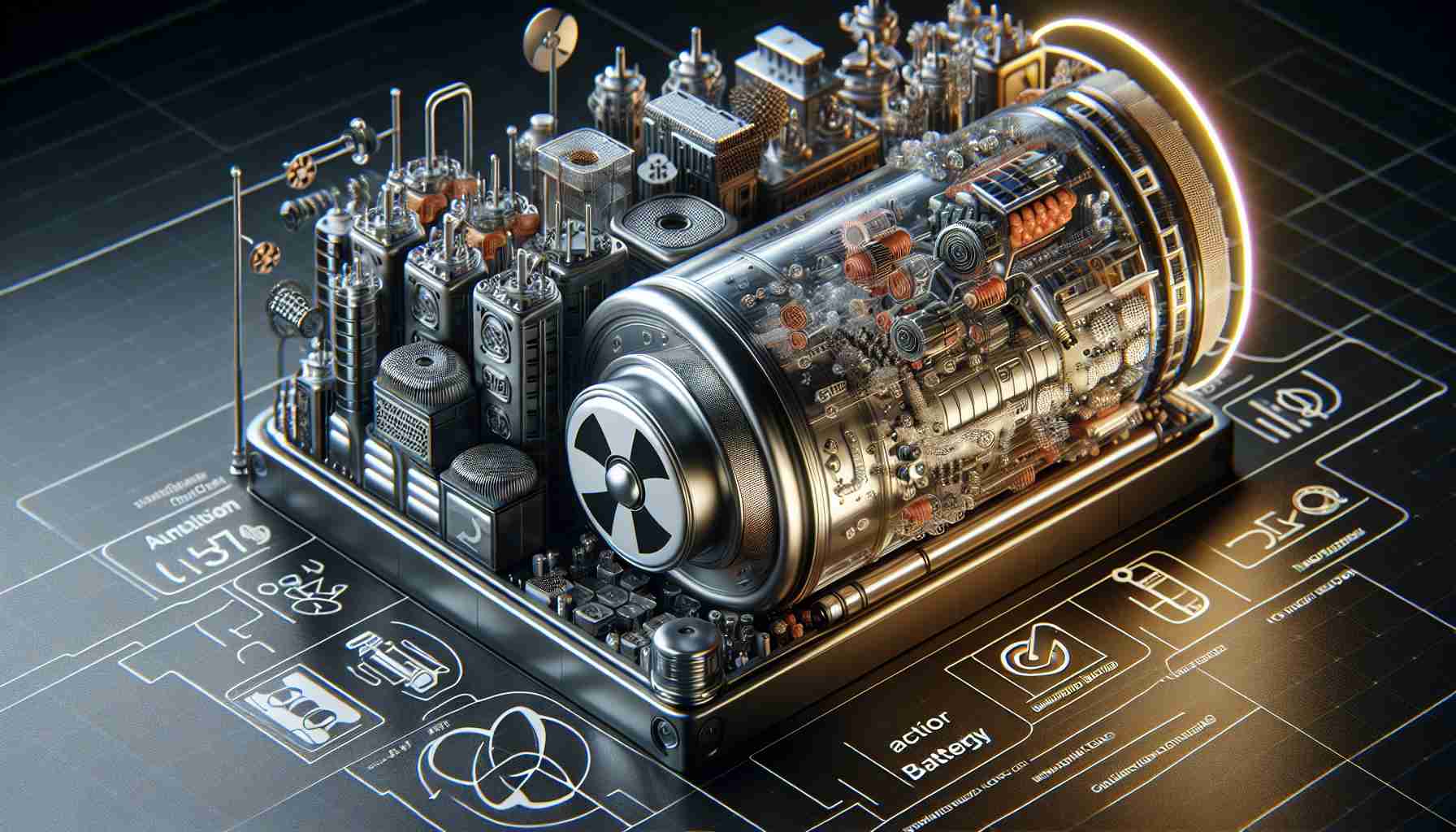Summary:
Nuclear batteries, also known as atomic batteries or radioisotope thermoelectric generators (RTGs), are devices that generate electricity from the decay of radioactive materials. Unlike conventional batteries, which need to be recharged or replaced frequently, nuclear batteries offer the advantage of long-term energy generation, in some cases lasting decades without any significant loss in power output. This article provides an overview of recent advancements in nuclear battery technology, exploring how these developments can impact various industries and potentially transform our approach to power generation and consumption.
Background and Definitions:
Nuclear batteries utilize the heat generated from the natural decay of a radioactive isotope to produce electricity. There are several types of nuclear batteries, with the most common being the thermoelectric generator. In this context, a radioactive isotope—such as plutonium-238 or strontium-90—undergoes decay, and the released heat is converted into electricity through the Seebeck effect, where a temperature difference across a thermoelectric material generates voltage.
Advancements in nuclear battery technology have focused on improving the efficiency of the thermoelectric materials, developing new radioisotopes with better energy densities and decay properties, and enhancing the overall safety and durability of these power sources. These improvements aim to expand their usage across more applications in space exploration, remote sensing, medical devices, and long-term, maintenance-free power applications.
Recent Advancements:
Researchers are actively working on several fronts to enhance nuclear battery technology. One significant area of improvement is the development of new thermoelectric materials, which offer a higher conversion efficiency of heat into electricity. These materials can operate at higher temperature gradients, thus increasing the power output.
Another important advancement is the exploration of alternative radioisotopes. Advances in particle accelerator technology have allowed for the creation of isotopes that are more efficient, have longer half-lives, and produce less radiation, mitigating safety concerns.
Moreover, advancements in nanotechnology have led to the development of nanostructured materials that can improve the lifespan and efficiency of nuclear batteries. By manipulating materials at the nanoscale, scientists have been able to tailor the thermal and electrical properties of nuclear batteries, thus maximizing their performance.
Safety measures in nuclear battery technology have also improved. New encapsulation methods and materials ensure that the radioisotopes remain contained, even under extreme conditions, minimizing the risk of radioactive leakage.
Implications and Analysis:
The advancements in nuclear battery technology hold promising implications for many fields. In space exploration, for example, nuclear batteries provide reliable power sources for spacecraft and rovers, particularly in environments where solar power is impractical, such as the shadowed craters of the moon or the dark outer reaches of the solar system.
On Earth, nuclear batteries can enable the deployment of autonomous scientific sensors in remote and inhospitable locations, providing a steady power supply for years or even decades, eliminating the need for frequent maintenance trips. Furthermore, in the medical field, they can be used to power implanted medical devices, like pacemakers, where they would last much longer than traditional batteries.
FAQ:
Q: Are nuclear batteries safe?
A: Yes, nuclear batteries are designed with multiple layers of containment and safety measures. The radioisotopes used are chosen for their radiation characteristics and are encapsulated to prevent any leakage.
Q: How long can a nuclear battery last?
A: Nuclear batteries can last for many years, depending on the half-life of the radioisotope used. Some nuclear batteries designed for space missions are expected to last for over 20 years.
Q: What are the environmental impacts of using nuclear batteries?
A: The environmental impact is relatively low since nuclear batteries contain only small amounts of radioisotopes and are designed to prevent any form of leakage or contamination. However, the production and disposal of these batteries need to be managed carefully to avoid any adverse environmental effects.
Q: Can nuclear batteries be used in everyday consumer products?
A: Currently, nuclear batteries are not used in consumer products due to their cost, the specialized nature of their operation, and regulatory issues. They are primarily used in specialized applications where long-term, maintenance-free power is crucial.
Q: What is the Seebeck effect?
A: The Seebeck effect is the conversion of thermal energy directly into electrical energy when a temperature difference exists between two different conductors or semiconductors. This physical phenomenon is what enables thermoelectric generators within nuclear batteries to produce electricity.
Sources:
For more information on the topic of nuclear battery technology and the latest research, readers may refer to scientific journals and publications, often available through domains like ScienceDirect, Nature, and IEEE, which frequently cover advancements in energy and nuclear science.
